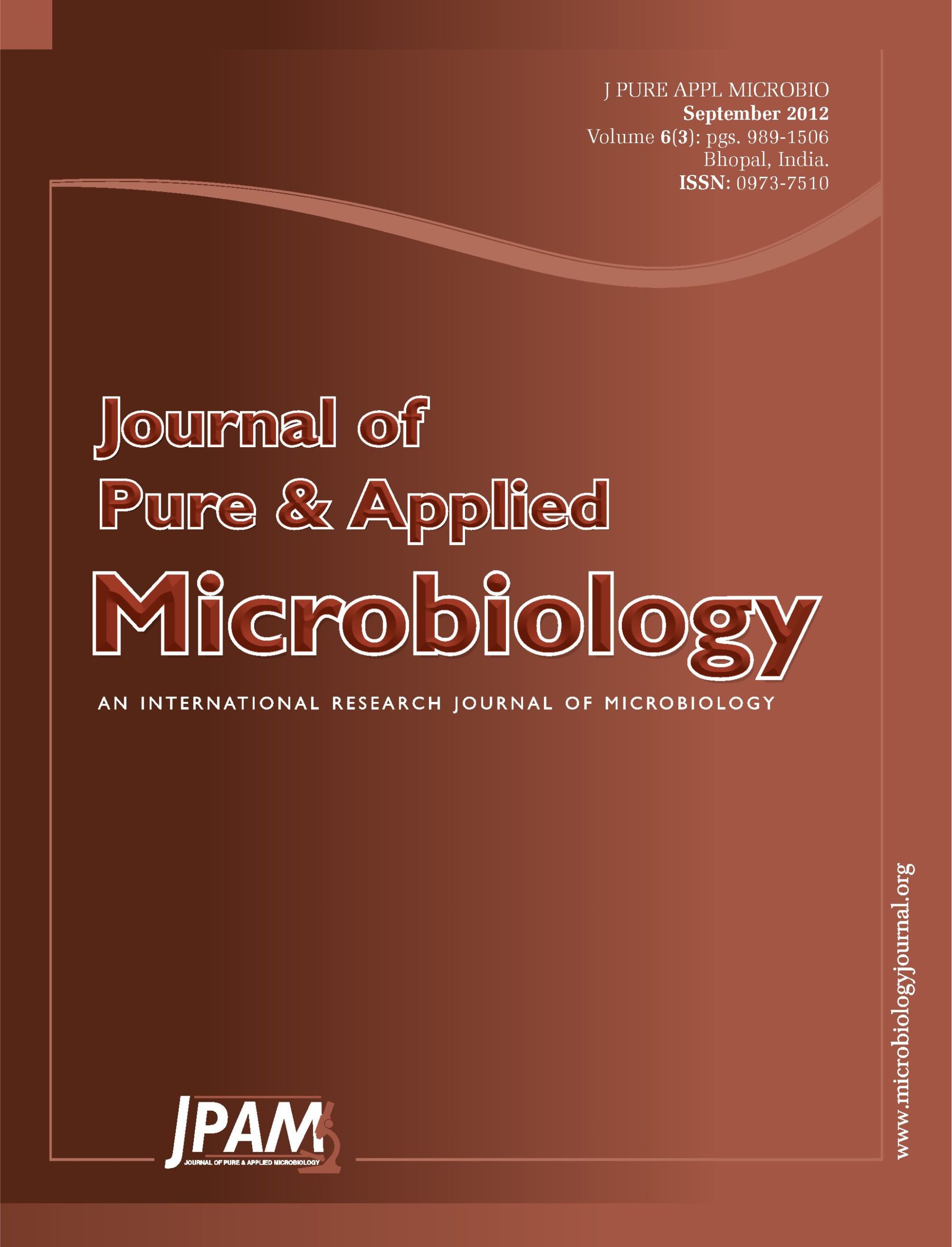The resistance to antimicrobial agents among staphylococci is a major concern worldwide. This study was undertaken to find out the presence of inducible clindamycin (iMLSB) resistance among hospital and community associated staphylococci in our geographical area. A total of 560 staphylococci isolates from various clinical samples were studied. Inducible clindamycin resistance was detected by “D-test” using erythromycin and clindamycin discs as per CLSI guidelines. Three hundred seventy four (66.79%) isolates were hospital acquired and 186(33.21%) community associated. The overall prevalence of iMLSB was 122(21.78%). Community associated staphylococci revealed significantly lower prevalence of iMLSB (14.51% versus 25.40%) and higher rate of constitutive cMLSB (9.67% versus 2.67%) resistance compared to hospital acquired. iMLSB resistance was predominant among MRSA 70.11% and least among MSCONS 4.2%. Majority of iMLSB isolates were sensitive to gatifloxacin 87.70%, amikacin 80.32% and resistant to ampicillin 99.18%, ciprofloxacin 68.03%. The occurrence of iMLSB resistance in hospital as well as community set up raises concern of clindamycin treatment failure. It is essential to include “D-test” to detect inducible clindamycin resistance in routine antimicrobial susceptibility testing for the optimum treatment of patients.
Clindamycin, Community, D-test, Hospital, Staphylococci
© The Author(s) 2012. Open Access. This article is distributed under the terms of the Creative Commons Attribution 4.0 International License which permits unrestricted use, sharing, distribution, and reproduction in any medium, provided you give appropriate credit to the original author(s) and the source, provide a link to the Creative Commons license, and indicate if changes were made.


